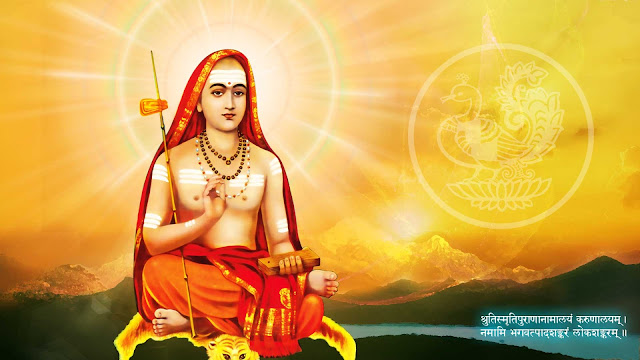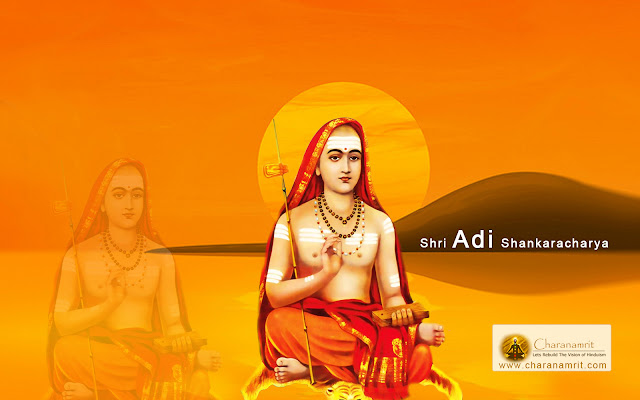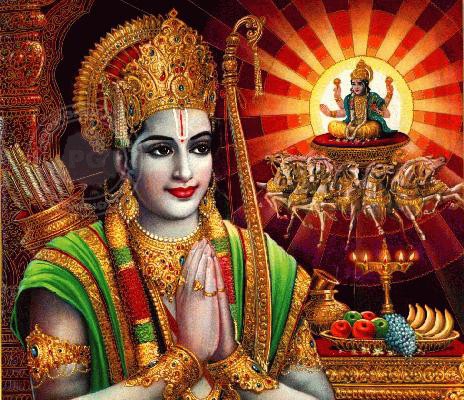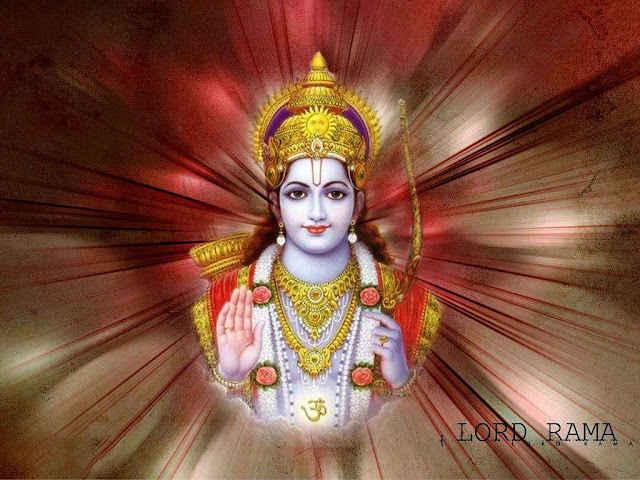Spiritual Import of Religious Festivals :Ch-4. Part - 4.

Chapter-4. Swami Sri Adi Sankaracharya - The Genius ( Sankara Jayanti ) : Part-4. The most catholic definition of the Supreme Reality we have is given to us for the first time given in the body of the Rigveda Samhita : Ekam Sat – the One Being, One Reality, One Substance, One Existence that the sages recognise and designate as the manifold. In various ways they sing of the glories of this One Mighty Being. But on the other hand, for pure exoteric observation, it would rather look like an acceptance of polytheism or the worship of many gods, as if there is a real multiplicity of the realm of the Adhidaiva, as a counterpart to the multiplicity that we see in the realm of the Adhibhuta or the physical world. The variety of the physical world became the source of a susceptible feeling in the minds of people later on, through the passage of time, that, perhaps, the souls also are many and the gods also are many, because the objects in the world are many! Swami K









